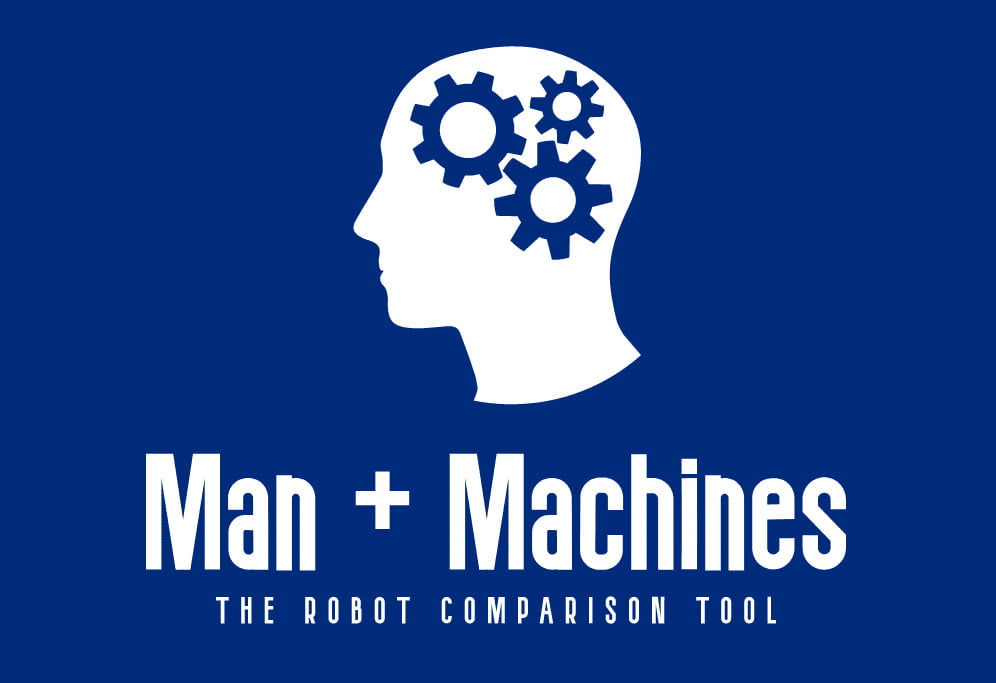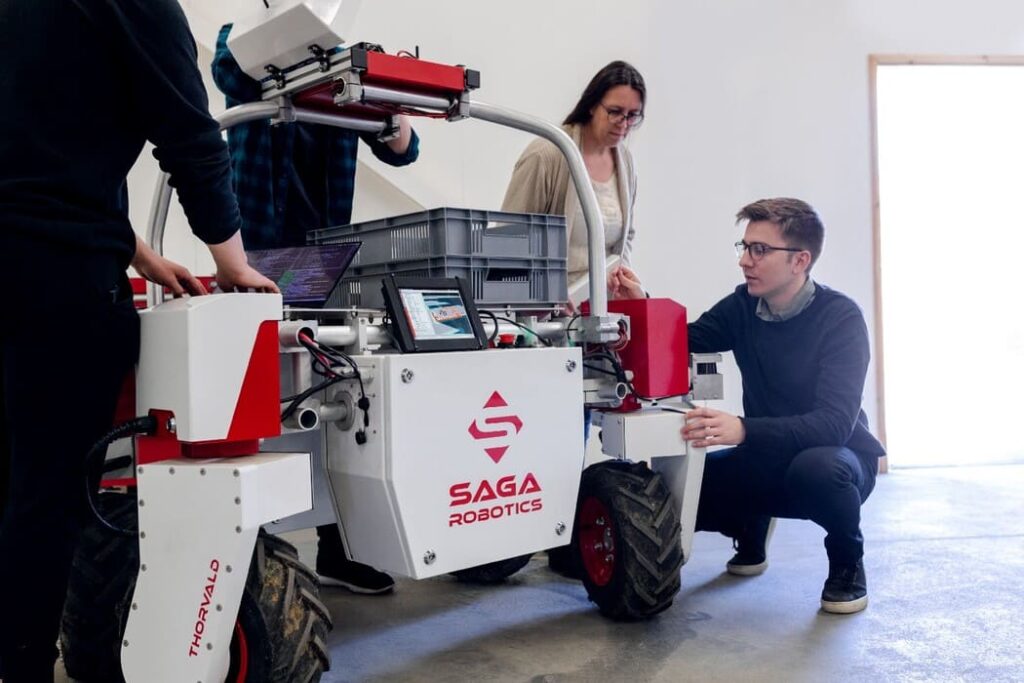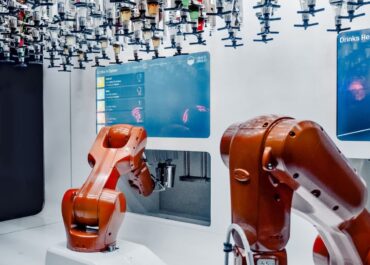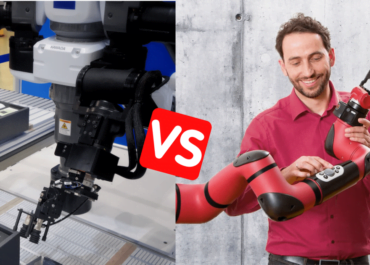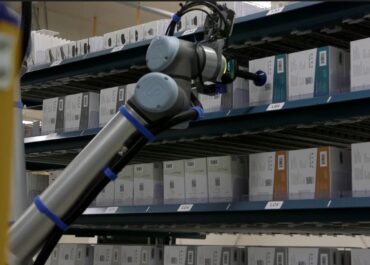As robots will move into our homes or on our sidewalks, many safety issues will certainly arise. While conducting their missions, they might easily injure users at their command or even simple bystanders.
Yet many dangers of human-machine interaction are invisible, and therefore require long and thorough testing. How then can we prevent dramatic incidents between bots and users?
Robot trainers will become an essential response to this issue in companies, as they will focus on the flaws and errors of robots. Here is why and how they will improve the safety and performance of prototyped robots.
The role of robot trainers : considering near miss events

In May 2016, a Tesla driver turned on his car’s autopilot to get to his home in Florida. Since he had done it several times before, he took his hands off the wheel and settled in comfortably to let the system drive 74 miles. But as a truck changed lanes on the highway, the Tesla failed to perceive the white surface of that vehicle with the intense brightness of the afternoon sun. As a result, the driver crashed at full throttle into the truck, with no chance of survival.
This kind of event is rarely a one-time event; it’s often the continuation of many near-miss accidents. For example, in that case, the driver himself was well aware of the complacency of the system. He had already warned a few months before on the manufacturer’s forum of the danger of a driving system that was too distracting for the users. Yet, despite this warning message, this was not enough to prevent this dramatic event.
The problem is also well known for aircraft piloting systems. Although serious accidents are rare, aircraft pilots often encounter unexpected problems that they manage one time but which could have turned out differently. For example, a frequently reported phenomenon is the wake vortex, which is the disturbance of the atmosphere produced by an aircraft in flight. When two planes take off too close together, the one following can often feel the shaking.
Fortunately, the FAA is an organization that deals with these reports and solves structural problems related to air navigation. This kind of organization doesn’t yet exist for companies designing a new intelligent automation system, but that’s what will define the role of the robot trainer. They will be in charge of monitoring incident reports and testing robotic devices to prevent systemic errors.
What are the different types of robot testing?
Engineers know how much the design of a product or the construction of a building can face emergent phenomena (like a skyscraper that produces strong winds around through air vibration). So they have already thought of many test procedures to simulate different circumstances.
The first method is software-in-the-loop. The engineers produce a software representation of the system and run it in a virtual mode with specific conditions. As in a video game, they can for example simulate robot that perceives through the pulses of a virtual laser and faces people behaving randomly.
The second step is to concretize a component of the interaction (the product or the environment) (hardware-in-the-loop) and to test it through virtual scenarios. A prototype of the robot would then walk and behave in the simulation of an environment.
Finally, the third step would be to get humans in the loop, by having them face the robot’s hardware under controlled conditions.
These experimental steps are very efficient, but on the other hand can be very costly for a company. The virtual simulation itself, which imports data from real experiments and learns to vary the parameters to cope with many situations, can be a good alternative. And, more importantly, these artificial training data sets need robot trainers with a well-defined role.
Quantity of data vs quality of data

Now imagine a robot delivery company that wants to put its robots on the sidewalks of San Francisco and Miami. Engineers run a dozen of initial test in San Francisco, where robots learn to find their way around the hurried walk of young professionals and baby strollers. Yet, by the time the robots are deployed in Miami, the robots keep getting stopped by the slower pace of Miami retirees.
So even though they can learn from their mistakes, these automation systems can still represent a real danger. If they fail to slow down and get around passersby with different behavior, they can hurt them and lose a lot of time in their mission.
This problem is similar to what data scientists call overfitting. Machine-learning models perform much better with a large amount of data, but depending on the diversity of their data, their parameters will only adapt to certain specific scenarios. They will not be able to revise themselves when faced with situations that vary very little. In our case, the robots in San Francisco learned to slow down in front of strollers but not in front of elderly people in Miami, and therefore received stop commands.
How then to run data sets that allow robots to adapt to the most variable circumstances possible? Here, the job of the robot trainers is to clean the data provided to the robot from circumstantial noise and keep only the important variables. In this case, labeling people of age as belonging to the same category of people as people in strollers, i.e. slow people who need to be slowed down.
Moreover, these robot trainers will have to adapt these systems to the specific issues of each city, and will have to consider biases added in these data (like giving more importance to a certain category of population). This gives already a lot of perspectives to their job.
Envisioning the job of robot trainers
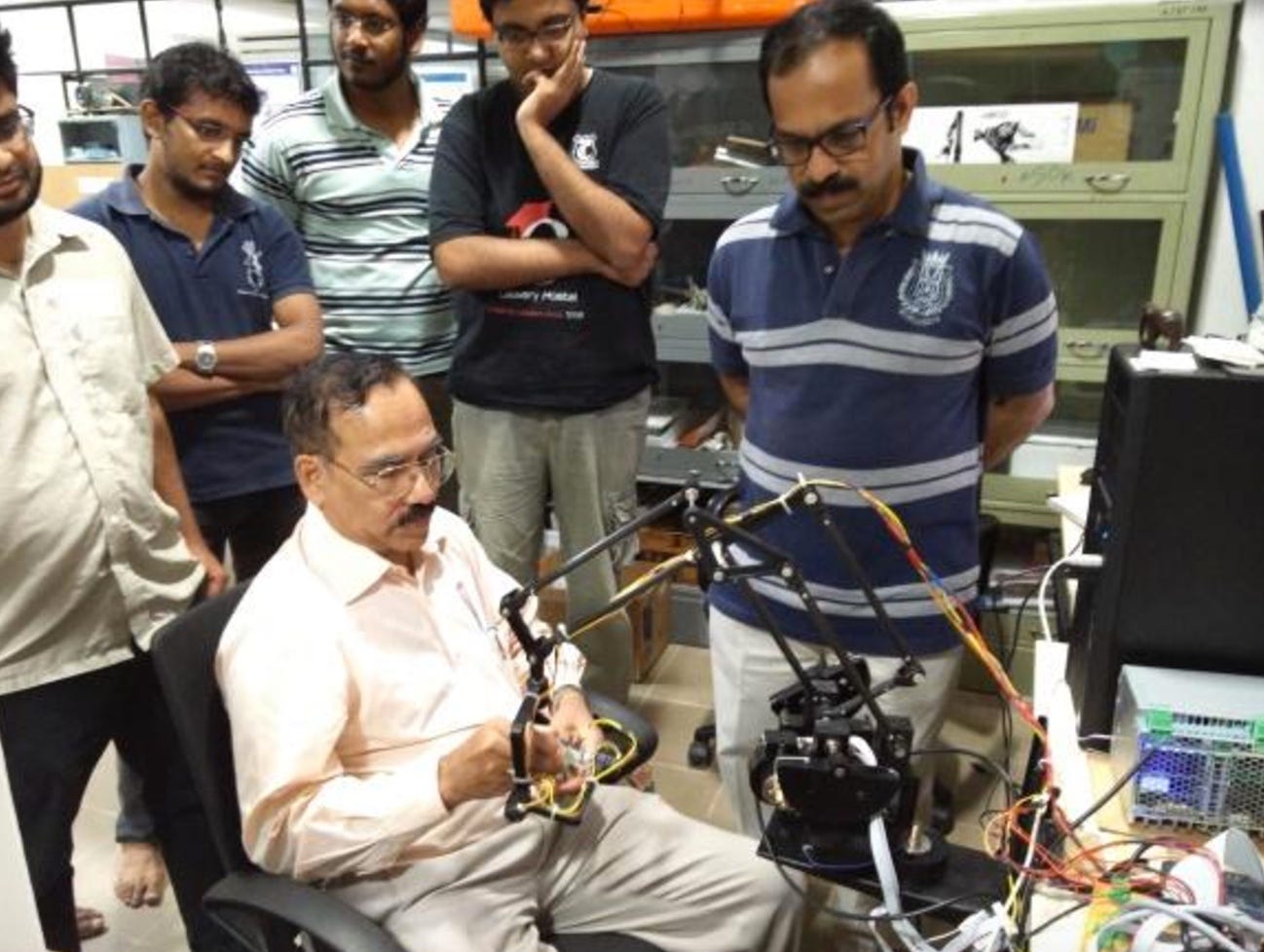
If the role of robot trainer is not yet widely adopted by companies, it is because robotic systems are not yet democratized, but also because there is no formal qualification process. The robotics community needs a public platform for information exchange and incident reporting around intelligent systems.
When such an open-source database will be available, the role of the trainer robot will then be to test a new product in a virtual simulation with generalizable data set. They will use data from the robotics community to provide the environment with the most variable parameters.
When the hardware is developed, they will then be put in contact with a supervised physical environment, and in interaction with human participants, while taking into account the variability of different places and cultures. This will allow engineers to analyze the robot’s behavior and adapt it to unforeseen eventualities. The robot trainer will surely have to meet a precise test and quality standard defined by governments.
But all this to ensure the safety of the user and the performance of the interacting system. Here is a job at the crossroads of human-machine collaboration!
